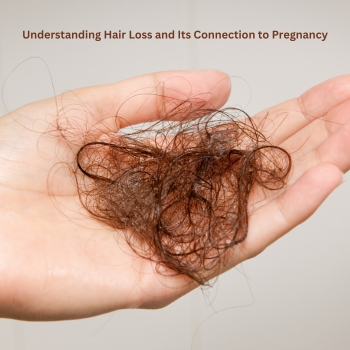Not only does baldness bring about aesthetic issues to the sufferer, it might also become a source of deep psychological issues and lowered self-esteem. Because of this, hair loss treatment has become a million-dollar business in the United States, and scientists work around the clock to come with a better hair growth solution than the current ones.
Many products in the market claim to be able to fix the genetic curse. There are even full-time baldness clinics that cater to the follicularly challenged. However, experts still remain baffled on the true nature of adult baldness and the most effective treatment for it. Fortunately, modern studies are zeroing in on a more efficient method to curing baldness, and one recent result suggests that patients may actually have to go “cellular” on their search for a cure to hair loss.

Recent studies discover that the answer to curing baldness may be lying within us all this time. Scientists from the Spanish National Cancer Research Centre have discovered an unlikely connection between hair loss and our body’s immune system. According to RedOrbit, researchers have accidentally discovered a link between a particular type of immune system cells and the stimulation of skin cells that encourage hair growth.
Researchers have found that macrophages, a particular type of white blood cells that eat up pathogens, can stimulate skin stem cells and hair growth. The process involved in the connection involves stem cells when they are in an inactive state. This prompts macrophages to die as a result of a process called apoptosis. After this process, the stimulation of a number of factors that cause stem cells to grow hair again occurs.
The CINO scientists say that further research is required to uncover more about the relationship of macrophages on hair growth.
Mirna Perez-Moreno, a cell biologist for CINO, says, “Macrophages are a very diverse cell population. It was only less that ten years ago that scientists discovered that besides from the bone marrow, macrophages originate from the yolk sac during pregnancy, and there are even other macrophages that proliferate within tissues.”
“The diversity of the sources from which skin resident macrophages originate is not fully understood,” she added.
Baldness affects 40 percent of American men around the age of 35. Existing treatments for baldness are limited, as the FDA only approves of two drugs — Rogaine and Propecia — for aiding hair growth. Hair grafting and transplantation is another popular manual treatment for male pattern baldness.
The study is published in the online science journal PLOS Biology.




